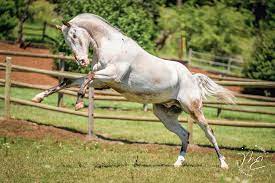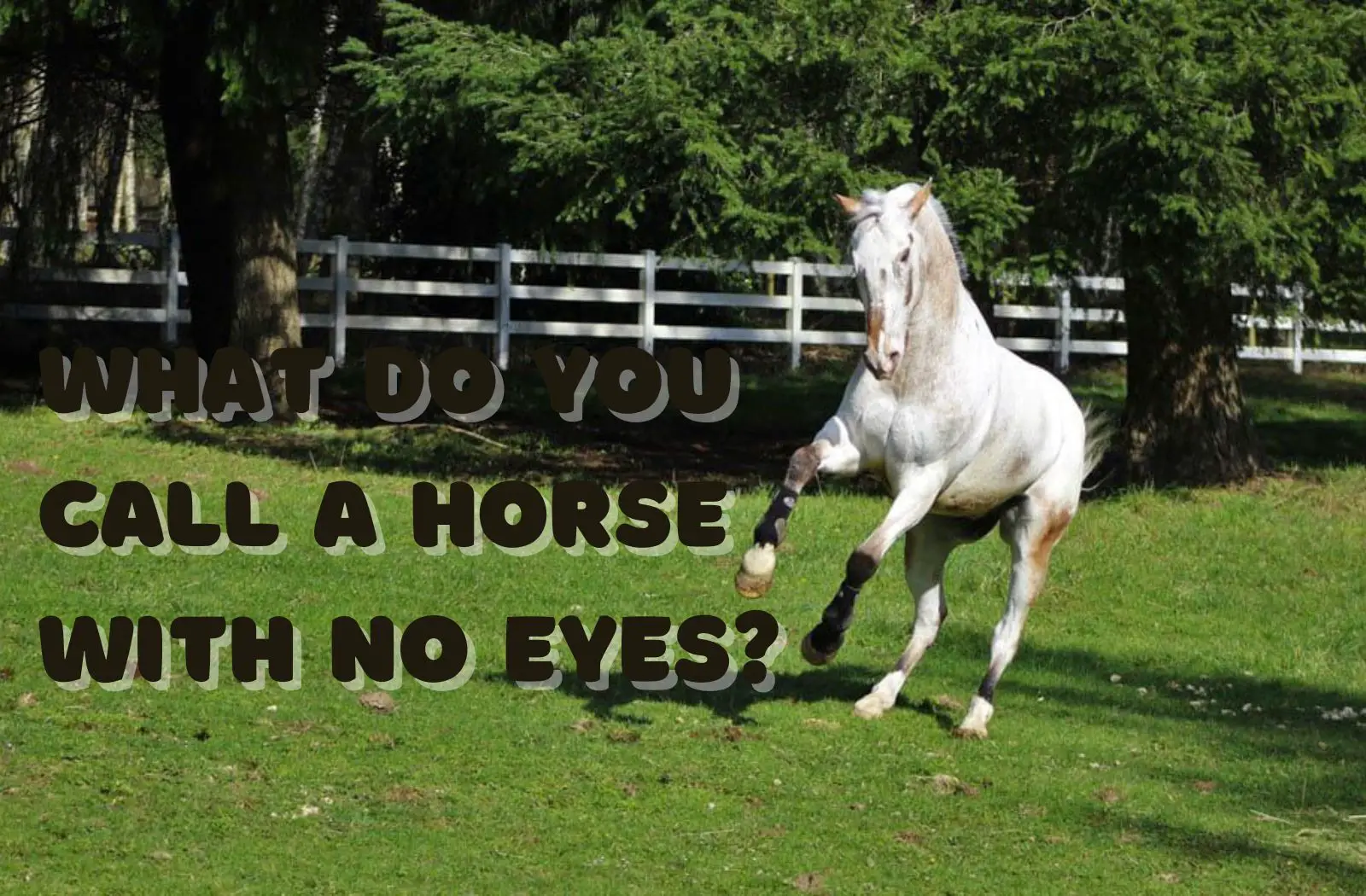Humor is an essential part of human interaction, adding joy and levity to our daily lives. One famous joke that has sparked laughter and puzzled minds for years is the question, “What do you call a horse with no eyes?” In this guide, we will delve into the fascinating world of wordplay, explore the various punchlines to this joke, and discover how to use it in appropriate contexts. So saddle up and let’s explore the humorous journey of the horse with no eyes!
Understanding the Joke
The structure of the joke is quite simple yet intriguing. It follows a classic pattern: a set-up and a punchline. The set-up introduces the question, “What do you call…” while the punchline provides the unexpected answer related to a horse with no eyes. The humor lies in the twist that challenges our expectations.
The Horse Joke Variations

While the traditional punchline is “A horse with no eyes is still a horse!”, there are numerous alternative variations that add an extra layer of creativity and amusement. Let’s take a look at some popular alternatives:
- “No-eye-deer”: This punchline combines the words “no eyes” and “deer” to create a playful play on words, introducing a new animal into the equation.
- “A neigh-sayer”: This clever response incorporates the horse’s distinct vocalization, the neigh, and blends it with the word “naysayer,” implying a skeptical or negative attitude.
- “Dark horse”: Here, the joke plays with the idiom “dark horse,” which typically refers to an unknown or unexpected contender in a competition. By applying it to a horse with no eyes, the humor arises from the unexpected interpretation.
- “Horse-invisible”: This witty twist combines the words “horse” and “invisible,” cleverly hinting at the absence of eyes by replacing “invisible” with “in” for added humor.
Utilizing the Joke
To maximize the impact of this joke, it’s important to consider appropriate contexts for its usage. Casual conversations with friends and family, social gatherings, and online forums provide ideal platforms for sharing lighthearted humor. Additionally, one can adapt the joke to fit specific situations by incorporating other animals or objects into the punchline, tailoring it to the topic or theme at hand.
Delivery and Timing
Timing is crucial in joke delivery. To ensure the punchline resonates, it’s essential to create anticipation and emphasize the final words. Pausing before delivering the answer can heighten the comedic effect, giving the listener a moment to process the question and anticipate the unexpected punchline. Gauge the audience’s reaction, adjust if necessary, and relish in the laughter that follows.
Joke Etiquette and Sensitivity
While humor is a wonderful way to connect with others, it’s crucial to exercise sensitivity and respect boundaries. Be mindful of the audience and setting when using the joke, ensuring it aligns with their sense of humor. Additionally, avoid offensive or insensitive punchlines and consider cultural differences and sensitivities to maintain a positive and inclusive atmosphere.
What do you call a cat with no eyes?
The question “What do you call a cat with no eyes?” presents another opportunity for wordplay and humor. While there are various punchlines that can be used, one popular response is “Purrrr-blind!” This punchline cleverly combines the sound a cat makes (“purr”) with the word “blind,” indicating the cat’s lack of eyesight. It’s a playful twist that adds a touch of humor to the situation.
What famous horse has no eyes?
When it comes to famous horses with no eyes, one notable example is the headless horseman’s steed from Washington Irving’s classic story “The Legend of Sleepy Hollow.” This legendary horse, known as “Ichabod Crane’s steed” or “The Headless Horseman’s Horse,” is often portrayed as a spectral figure galloping through the night without a head or eyes. It’s a haunting and iconic image that has become ingrained in popular culture.
Can a blind horse still be ridden?
Yes, a blind horse can still be ridden, but it requires careful consideration and appropriate training. Horses rely on their eyesight for spatial awareness and safety, so riding a blind horse presents unique challenges. However, with proper training and trust between the rider and the horse, it is possible to ride a blind equine. Training techniques focus on strengthening the horse’s remaining senses, such as hearing and touch, and creating a consistent environment to promote familiarity and confidence.
Can a horse live with one eye?
Yes, horses can live with one eye and adapt remarkably well to the loss of vision. Horses have monocular vision, meaning they can see different images with each eye independently. When a horse loses an eye, it may initially experience some difficulty adjusting, but with time, it can adapt and compensate using its remaining eye and heightened senses. Proper care and management, such as providing a safe environment and regular veterinary check-ups, are crucial to ensure the horse’s well-being and quality of life.
Read: How to Draw a Horse Head Easy: A Step-by-Step Guide
Read: Do Horses Have Eyebrows? The Truth Behind Facial Features in Horses
Read: Can Horses Eat Pineapple? A Comprehensive Guide
Read: What Does “Save a Horse, Ride a Cowboy” Mean?
Conclusion
In the vast world of humor and wordplay, the joke of the horse with no eyes holds a special place. We have explored the structure, analyzed variations, and discussed its appropriate usage. Whether it’s the traditional punchline or one of the creative alternatives, this joke never fails to elicit a chuckle. So, the next time you find yourself in a conversation and need to lighten the mood, remember this timeless joke and watch the smiles spread. May your laughter be as contagious as a horse’s neigh and your wit as sharp as a one-eyed horse’s vision.

